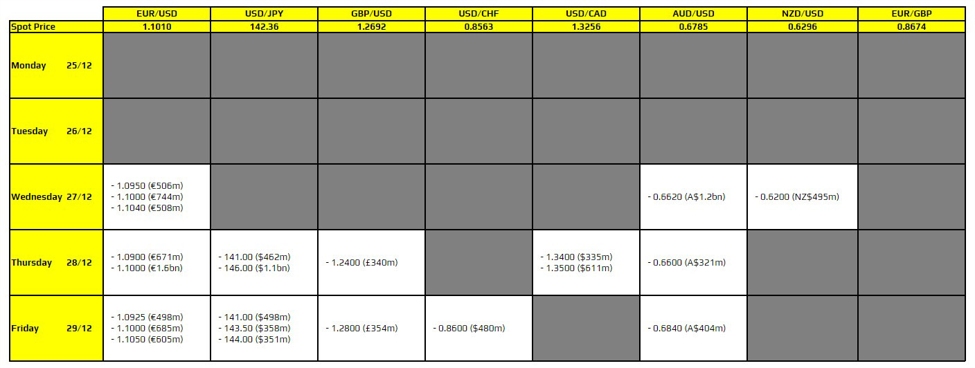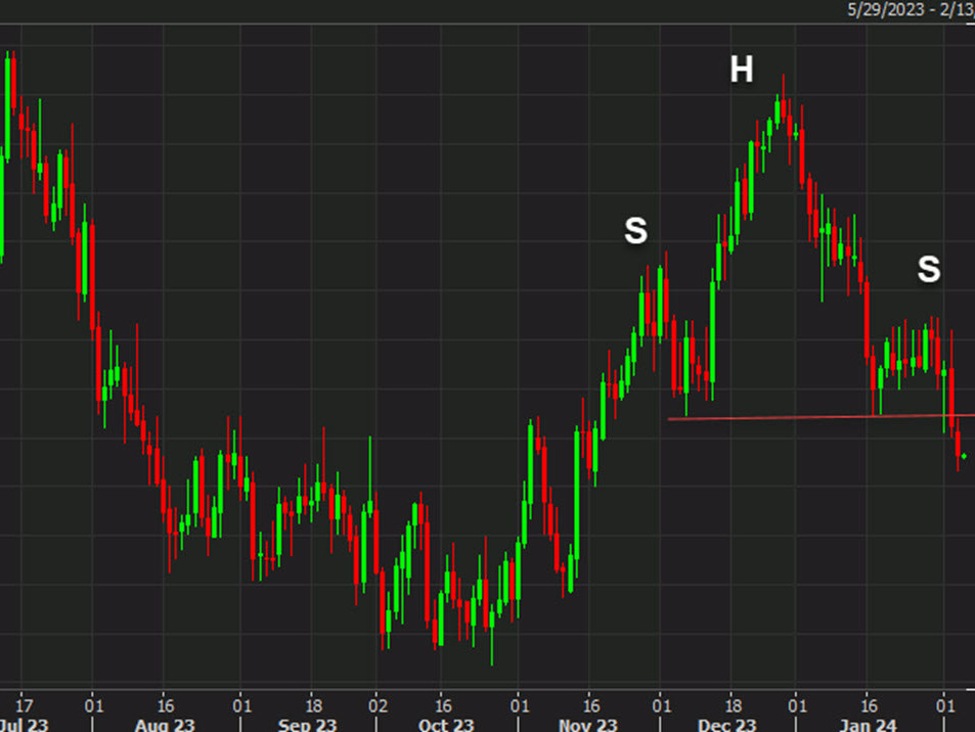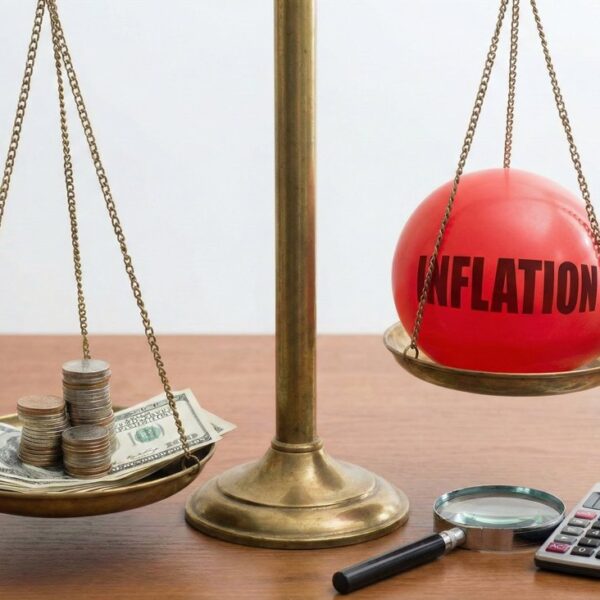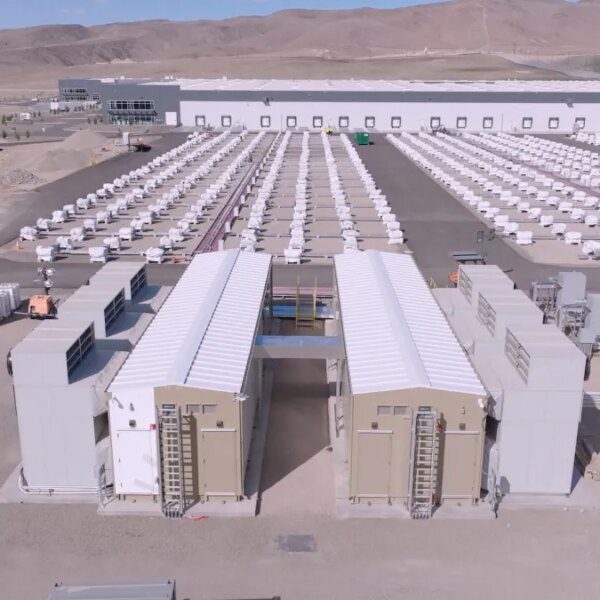Citi estimate core CPI to come in at 0.28% m/m in September, underscoring the narrative of “familiar dynamics of modestly stronger goods prices but still-slowing services (especially shelter)”. In what might further drive the goods component, Citi notes potential “seasonal strength in components like cars”. As for the services print, they note that the “surprisingly strong increase in owners’ equivalent rent in August should not repeat as shelter inflation is
likely to continue slowing in line with new rents and house prices”.
On tariffs, the firm says that:
“We have not incorporated additional upward pressure on prices from new tariffs announced over the last
few weeks, but this remains an upside risk into the start of next year. If prohibitively high tariffs on China
(an additional 100% on 1 November ) take effect for long, upward pressure on prices could also result from
shortages rather than tariff pass-through directly.”
In backing the Fed’s plans to cut rates further going into next year, Citi points out that services inflation has scope to moderate further in the first quarter of next year.
“In recent years, residual seasonality leading to stronger Q1 inflation data has been concentrated in
services prices. If anything, we see risk that residual seasonality in services may be much less in Q1 2026
as many services prices have already caught-up to previous inflation and wage trends. Recent evidence in
the Atlanta Fed’s wage tracker suggest this catch-up dynamic for wage growth is starting to ease (wages of
job stayers slowing more rapidly).”















